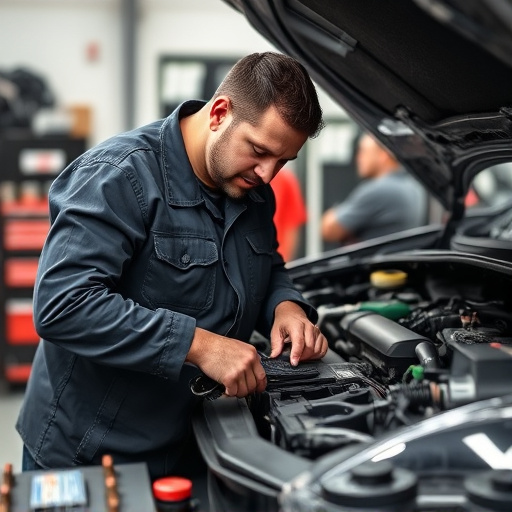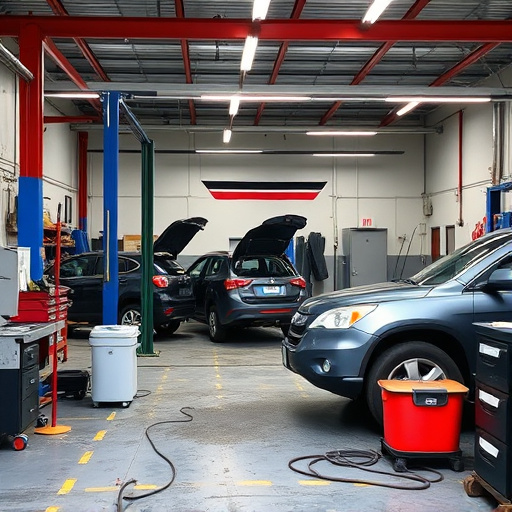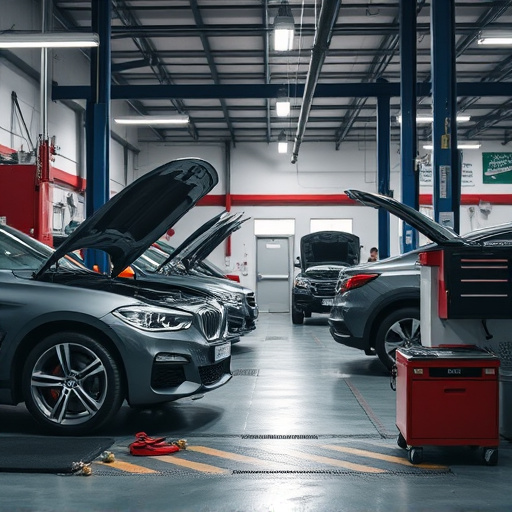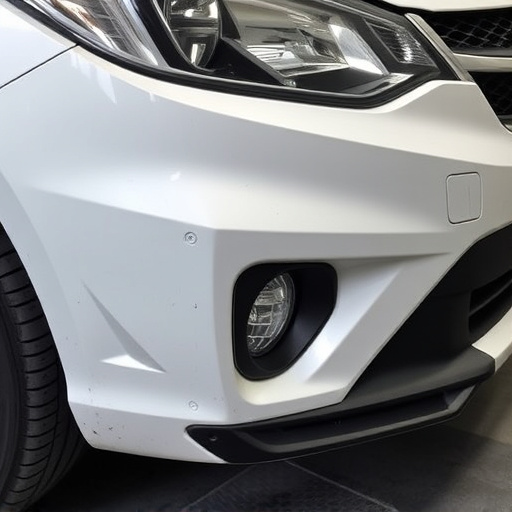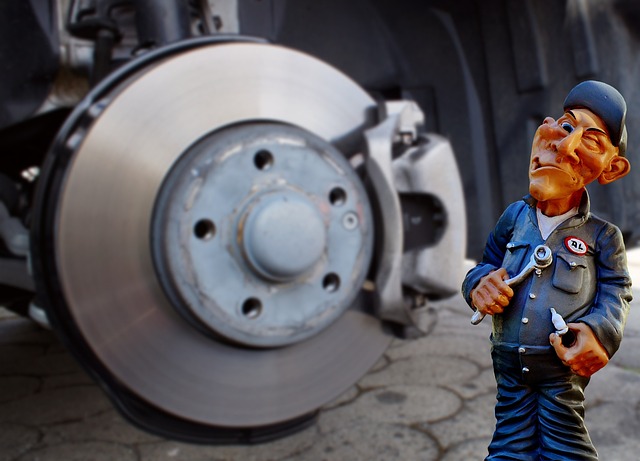Repair Expectations Management (REM) is crucial in car restoration and body shop services for customer satisfaction. It involves setting realistic goals, transparent communication, and considering factors like panel complexity and paint matching. Post-repair customer feedback is a powerful strategy to optimize operations, enhance the experience, and build trust. Proactive communication and integrating feedback ensure customers are well-informed and satisfied with collision repair services.
In today’s competitive market, effective repair expectations management is vital for maintaining customer satisfaction. This article delves into the strategies behind setting realistic goals and clear communication to manage client expectations during the repair process. We explore how gathering and utilizing post-repair feedback fosters continuous improvement. Additionally, we highlight proactive techniques to enhance customer satisfaction by integrating expectation management and feedback, ensuring a positive experience every step of the way.
- Understanding Repair Expectations Management: Setting Realistic Goals and Communicating Effectively
- Gathering and Utilizing Post-Repair Customer Feedback for Continuous Improvement
- Strategies for Enhancing Customer Satisfaction Through Proactive Expectation Management and Feedback Integration
Understanding Repair Expectations Management: Setting Realistic Goals and Communicating Effectively

In the realm of car restoration and body shop services, Repair Expectations Management (REM) is a cornerstone that ensures customer satisfaction. The process begins with setting realistic goals, considering both the scope of work and timelines. For instance, while car dent repair may seem straightforward, factors like panel complexity and paint matching can influence completion time. Clear communication is key; effectively conveying these details to clients helps manage expectations proactively.
Through transparent dialogue, body shop professionals can guide customers through every step, from initial assessment to final handover. This not only builds trust but also enables folks to appreciate the craftsmanship involved in their car’s transformation, be it a simple dent repair or more intricate restoration work. By aligning expectations with reality, REM fosters a positive post-repair experience, ensuring clients are left delighted rather than disenchanted.
Gathering and Utilizing Post-Repair Customer Feedback for Continuous Improvement

After a car undergoes auto collision repair or car bodywork services at a collision repair center, gathering customer feedback is an invaluable step in Repair Expectations Management. This process allows businesses to gain insights into client experiences and identify areas for improvement. By asking satisfied customers about their post-repair journey, including the quality of work, service efficiency, and overall satisfaction, companies can enhance their operations.
Utilizing this feedback as a tool for continuous improvement is key. It helps in refining processes, ensuring that each interaction with clients meets or exceeds expectations. For instance, positive comments about prompt service can inspire further optimization of scheduling systems, while suggestions for enhancing communication can lead to more transparent and effective customer engagement strategies. This iterative process contributes to the overall growth and excellence of the collision repair center, solidifying its reputation in the market.
Strategies for Enhancing Customer Satisfaction Through Proactive Expectation Management and Feedback Integration

In the realm of automotive collision repair, effective repair expectations management is a game-changer for customer satisfaction. Proactive communication is key; keeping customers informed throughout the process, from initial assessment to final handover, sets a positive tone. This involves providing transparent estimates, explaining procedures, and setting realistic timelines. By managing expectations, technicians can ensure customers understand the scope of work, thereby fostering trust and confidence in the collision center’s capabilities.
Integrating customer feedback into this process further enhances the experience. After repair completion, soliciting feedback allows businesses to gauge customer satisfaction levels and identify areas for improvement. Using feedback to refine services and procedures demonstrates a commitment to excellence and ensures that future interactions with the collision center or automotive collision repair facilities are equally satisfying. Moreover, encouraging post-repair feedback on aspects like frame straightening can provide valuable insights into the quality of work performed.
Effective repair expectations management is a powerful tool for enhancing customer satisfaction. By setting clear, realistic goals and maintaining open communication throughout the repair process, businesses can significantly improve their customers’ experiences. Integrating post-repair feedback into their strategies allows companies to continuously refine their services, ensuring they meet and exceed client expectations. This iterative approach fosters trust and loyalty, positioning businesses as leaders in customer-centric repair services.


